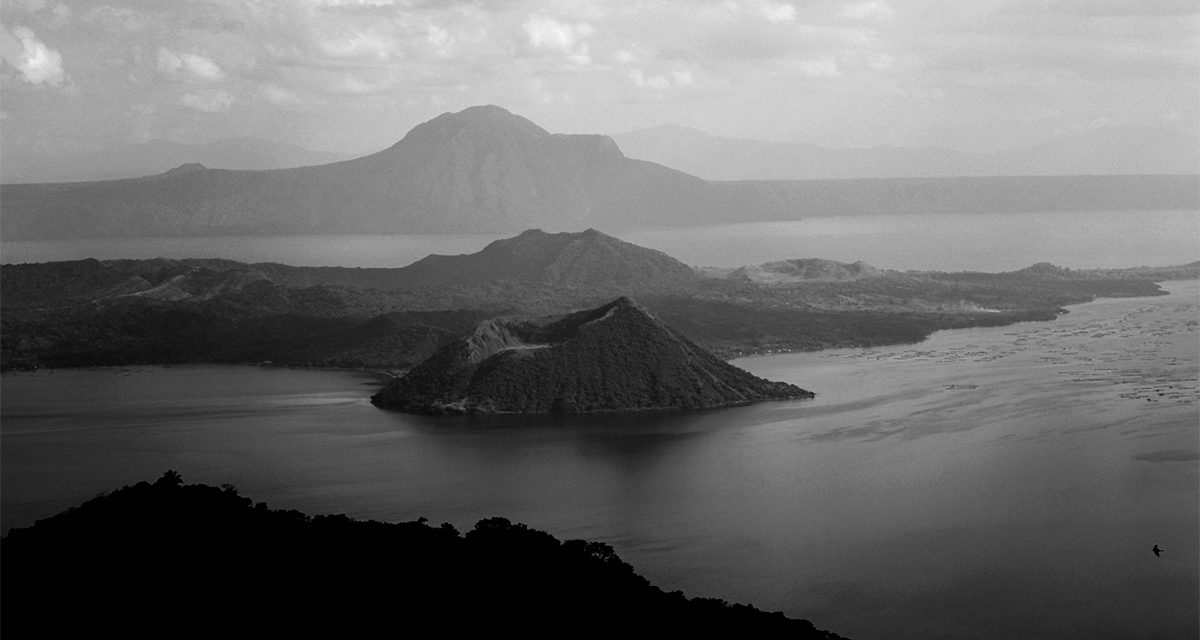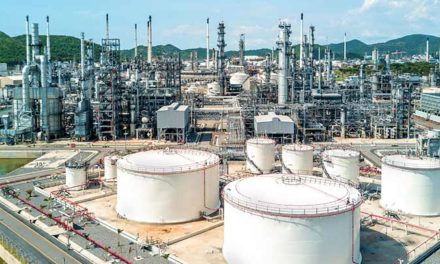Since last Sunday, the Philippines’ second most active volcano – the Taal volcano – has been discharging smoke and ash into the atmosphere triggering a level 4 alert signalling “a hazardous explosive eruption is possible within hours to days.”
Located on Luzon Island, within the province of Batangas situated 37 miles away from the capital of Manila, the volcanic eruption left several towns in the area blanketed in a mix of ash and mud. Pictures of homes and livestock covered in ash have flooded the internet. While thousands of residents have evacuated the surrounding areas, despite warnings many are either returning or refusing to leave in order to protect their livestock.
During the last few days, the National Disaster Risk Reduction and Management Council has recorded up to 595 volcanic tectonic earthquakes with 176 of those felt. The quakes have left large fissures opening in the ground and increasing fears that an explosion could shoot up burning magma.
While it has been reported that there has been a lull in volcanic activity, an update from the Philippine Institute of Volcanology and Seismology today revealed that there is still “intense seismic activity” indicating the threat of a catastrophic eruption remains high.
The Negative Health Impacts of Ashfall
There are various types of volcanic eruptions, spanning from small scale events to large explosions. In the Philippines, the eruption was phreatic in nature, meaning that it’s driven by the heat from the magma mixing with water. While these kinds of eruptions do not commonly produce liquid lava, it does send a trail of ash into the air, producing its own specific set of problems.
Ashfall consists of tiny particles of rock and volcanic glass which are emitted into the air and endanger the health of humans and livestock. Not to mention, it can threaten aircraft operations, damage electronics and machinery and interrupt power generation and telecommunications. According to the US Geological Survey, volcanic ash does not dissolve in water and can conduct electricity when wet.
With so much ash spewed into the air, the Department of Health has stated that it is preparing for an increase in respiratory and eye illnesses.
A Deadly History
As one of the most active volcanoes in the world, the Taal volcano has a long history of eruptions. The volcano has erupted over thirty times with the last instance being 43 years ago in 1977. The worst eruption happened in 1754, lasting up to six months and burying four towns.
The reason for the frequent explosions is linked with the Philippines’ geographical location. The country is in what is known as the “Pacific Ring of Fire” which is home to the most seismically and volcanically active zone in the world. According to experts, most of the world’s earthquakes and volcanoes happen in this area due to the “amount of movement of tectonic plates in the area”.
Although eruptions have slowed down, the Taal volcano remains on a level 4 alert.
- This Artist is Making the Underwater Arena His Canvas - 28th April 2021
- A Video Game that Promotes Peace and Conflict Resolution - 15th March 2021
- Netflix’s ‘Living Undocumented’ is a Difficult Series to Watch, and Exactly Why We Should - 9th March 2021






